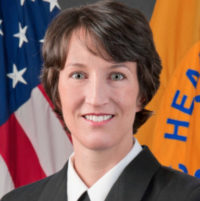
In hotspot counties from April to September, surges in COVID infections began in younger adults, followed by several weeks of increases in older age groups, agency investigators have found.
Based on these results, Centers for Disease Control and Prevention investigators are urging healthcare providers to be prepared for upticks in cases and hospitalizations among older adults in the weeks following a county’s designation as a COVID-19 hotspot.
Percent positivity is a measure of how much testing has been, and needs to be done. Higher numbers mean that cases are going undiagnosed, reducing the ability to isolate infected people and contain the virus. Lower positivity means that infections are being detected enabling outbreaks to be contained.
At the time of hotspot detection, the percent positivity peaked among persons aged 18 to 24 years (15%), but continued to increase for an additional 21 to 33 days among other age groups. In addition, the decline in positivity for other cohorts was slower than for persons aged 18 to 24 years. The late rise in positivity among older adults was particularly apparent in the South and West during the study period, according to Tegan K. Boehmer, Ph.D., and colleagues.
These findings align with regional patterns in the southern United States, the agency added. In southern regions, increased percent positivity among adults aged 20 to 39 years preceded increases among those aged ≥60 years (2); provide evidence that among young adults, those aged 18–24 years demonstrate the earliest increases in percent positivity.
A COVID-19 hotspot is a county with a surge in cases as specified by the CDC.
More information on regional differences and hotspot COVID-19 rates found in this study have been published on the CDC’s website.




